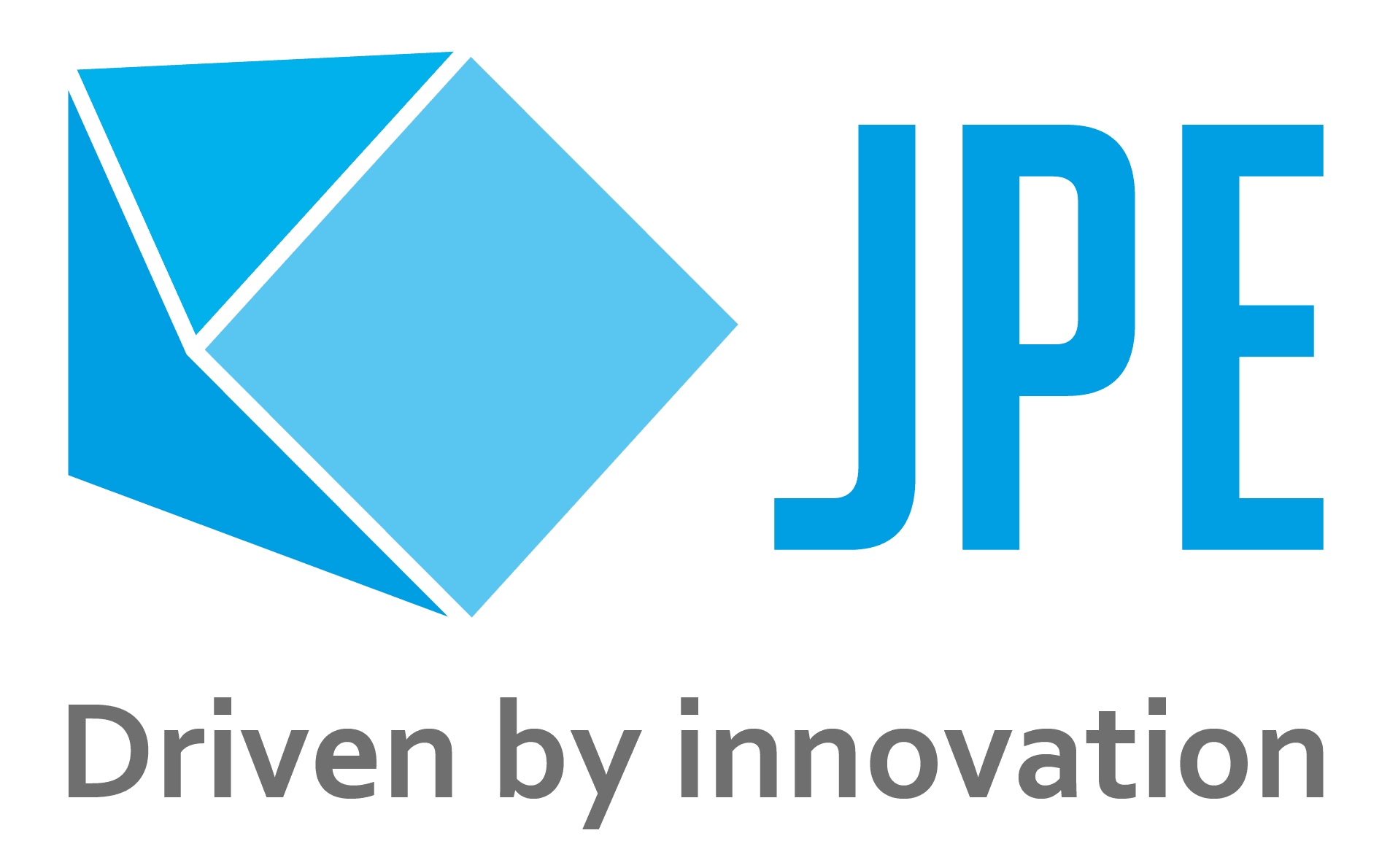Introduction
This sheet offers a short overview of the most used lens types, their properties, and typical applications. The main properties, cost and typical outer dimensions of the different lenses give a direct indication whether a lens type can be useful or not.
Lens dimensions
The basic dimensions are the Effective Focal Length (EFL), the Center Thickness (CT) and the Outer Diameter (OD) of the lens. In the table below, the EFL and the CT are expressed in relation to the outer diameter OD. The EFL is the distance from the focal points to the respective principal planes and determines the magnification of the lens. The principal planes are usually inside the lens.
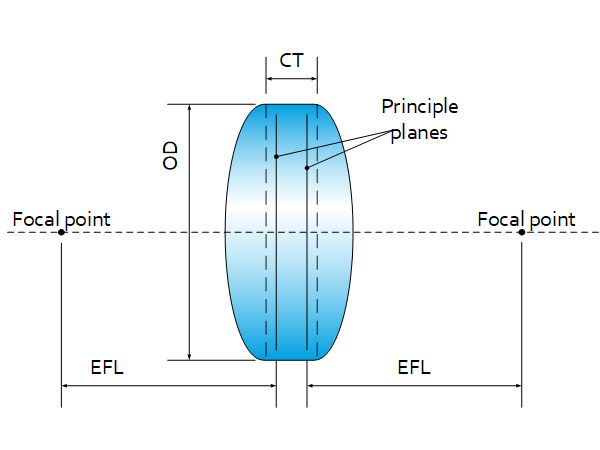
Points of attention when choosing a lens
- AR or Anti-Reflective coating: To ensure high power transmission, equip your lens with an AR coating suitable for the wavelength of usage. This reduces the back reflection.
- Design Wavelength: If the design wavelength differs from the used wavelength, the EFL is altered. This shift can be 5-10% of the EFL.
- Edge-blackening: Lens edges cause more aberrations than the areas near the lens central axis. Edge blackening avoids this image distortion.
- Material: Polymer lenses are less costly than glass lenses. Low quality glass (example N-BK7) is less costly than higher quality glass (example fused Silica)
- Clear Aperture: In many cases, not the whole outer diameter is suitable as optical surface (for instance if the edge should be used for mechanical integration). The clear aperture indicates the ‘optical’ lens diameter.
- Lens shape: Besides the type, lenses can have different shapes. For example one (plano-) or two (bi-) curved surfaces, with positive EFL (-convex) or negative EFL (-concave) surface radii.
| Lens type | Physical principle | Pro’s & con’s | Cost | EFL [xOD] | OD [mm] | CT [xOD] | Typical applications | |
|---|---|---|---|---|---|---|---|---|
| Spherical lenses | 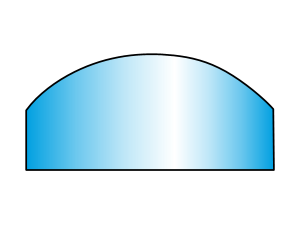 | Curved surface | Low cost (Spherical) aberration | 0.6-10 | 1-50 | 0.2-0.8 | Low cost simple systems | |
| Aspheres | 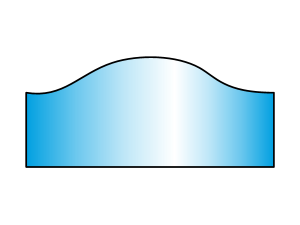 | Curved surface | No (spherical) aberration | 0.3-3 | 1.5-50 | 0.3-0.6 | High performance (monochromatic) systems | |
| Achromats | 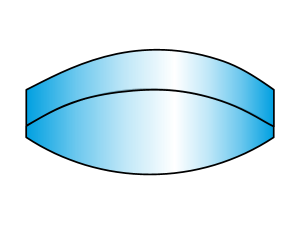 | Chromatic balanced index of refraction | Less (achromatic) aberration Size | 1-10 | 1-150 | 0.4-1 | Imaging | |
| Ball/drum lenses | 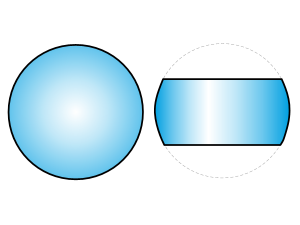 | Curved surface | Short positive EFL Easy integration (Spherical) aberration | 0.5-1 | 0.3-10 | 0.5-1 | Fiber coupling, pre-forms for aspheres | |
| Meniscus | 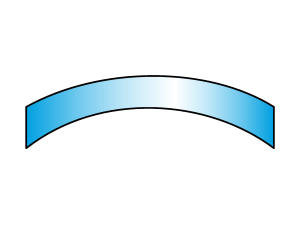 | Curved surface | Small CT High EFL | 1-40 | 10-50 | 0.1-0.5 | Decrease EFL of other lens with constant NA | |
| Axicon | 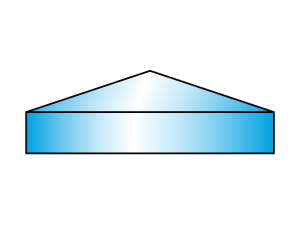 | Conical surface | / | ≈25 | 0.15-0.6 | Ring-shaped beam | ||
| Multi-lens arrays | 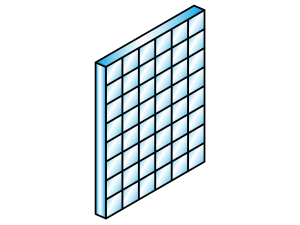 | Multiple small identical curved surfaces | Non-Gaussian uniformity | 0.1-20 | 10-50 (total array) | 0.1-0.2 | Beam homogenation | |
| Fresnell lenses | 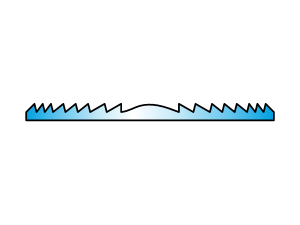 | Concentric grooves | Low CT Large distortion | 0.3-2 | 10-250 | 0.01-0.03 | Light gathering | |
| Gradium lenses | 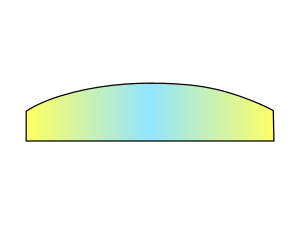 | Varying index of refraction | Less (spherical) aberration | 2.5-3.3 | 5-30 | 0.2-0.4 | High performance systems | |
| GRIN rod lenses | 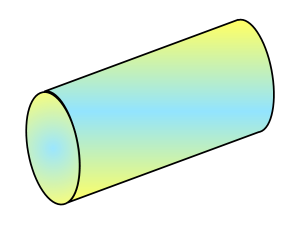 | Varying index of refraction | Easy integration Short/zero WD Size coupled to performance | ≈1 | 0.5-2 | ≈2 | Fiber coupling, laser beam shaping | |
| Toroidal | 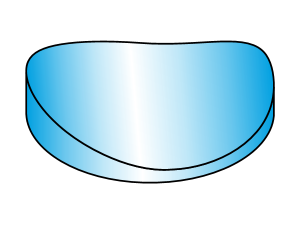 | Non-radially uniform curvature | Non-radial uniform beam | 1-10 | 5-50 | 0.15-0.5 | Create line profile from circular beam | |
